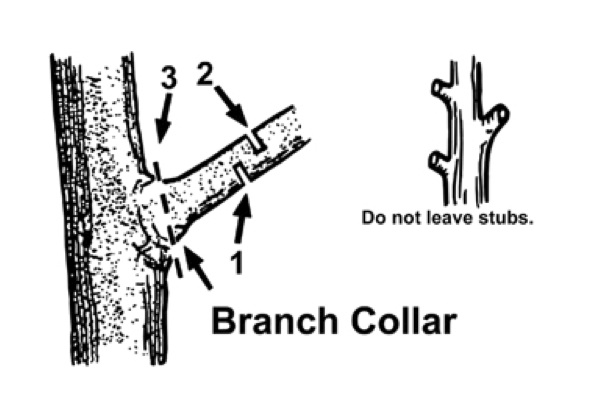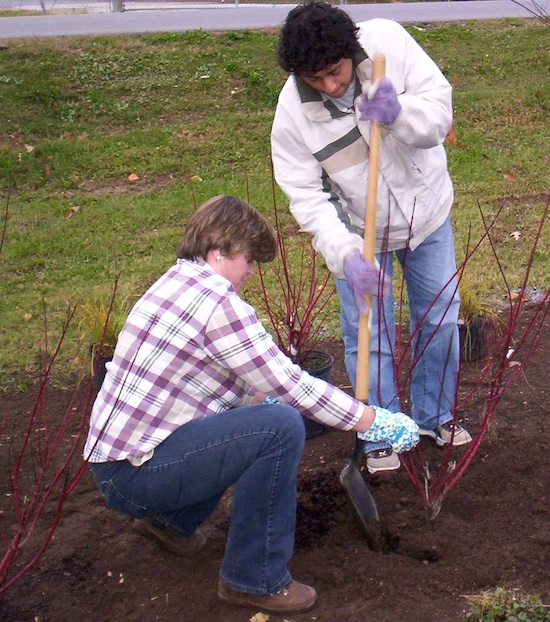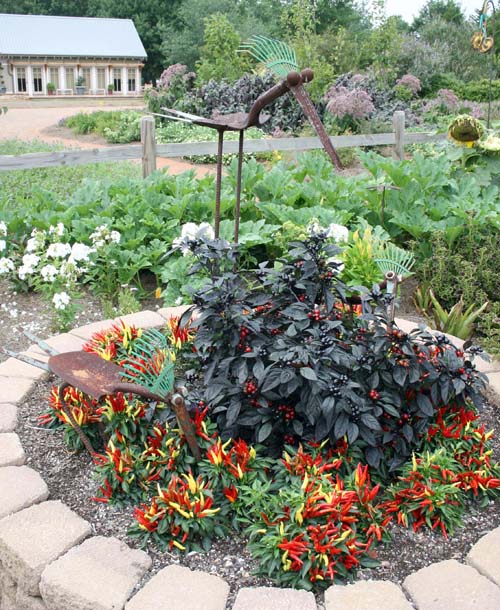 CAES News
CAES News
Curb Appeal
Whether driving in our own neighborhood or going to visit friends or relatives, we all tend to compare our home landscape to others. There’s no denying that a well-landscaped house is very appealing to the eye and can make a home more inviting.

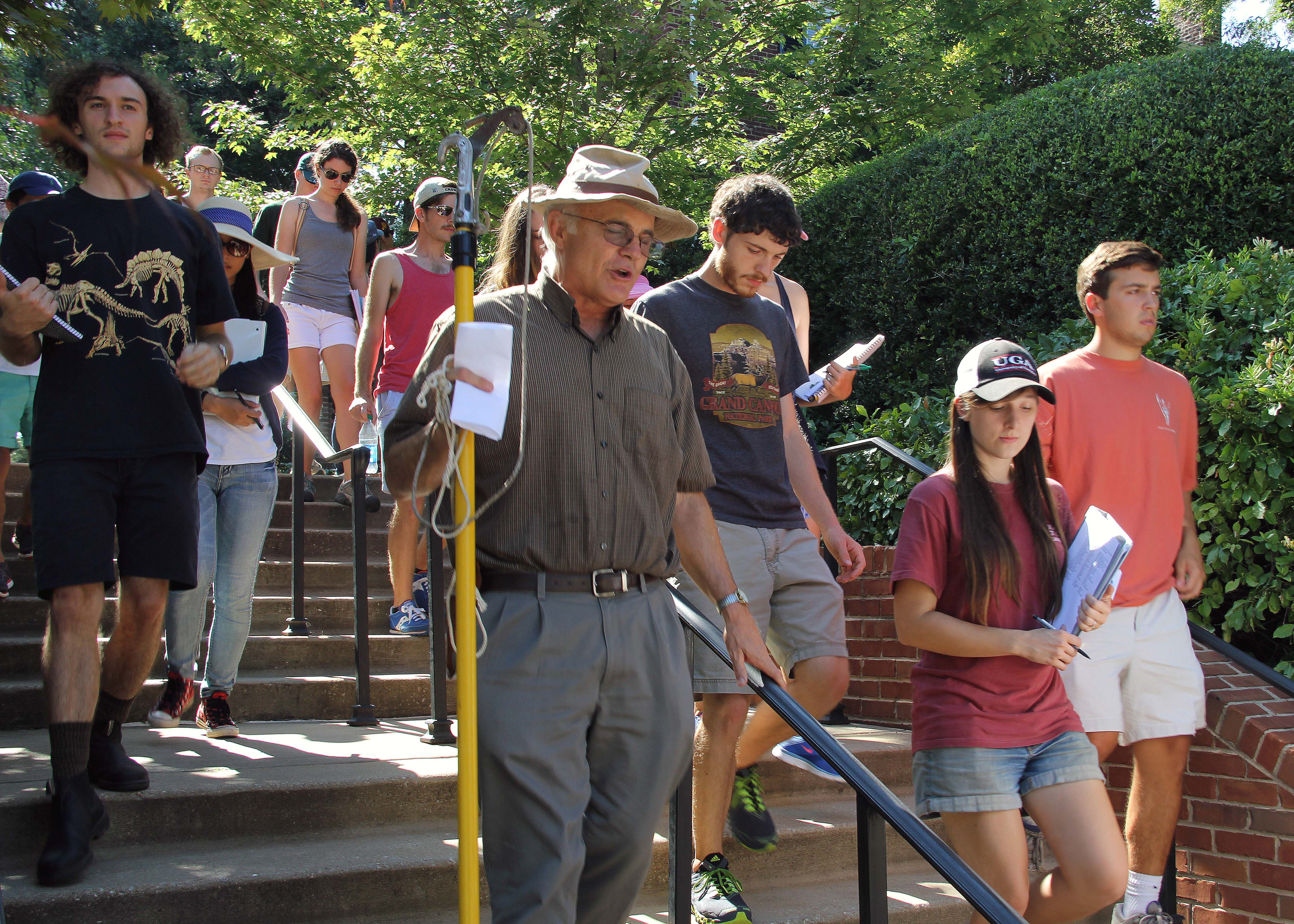
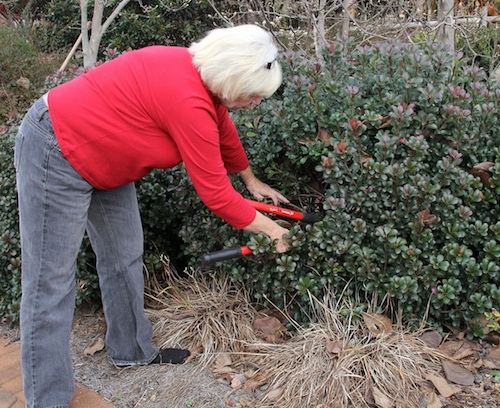
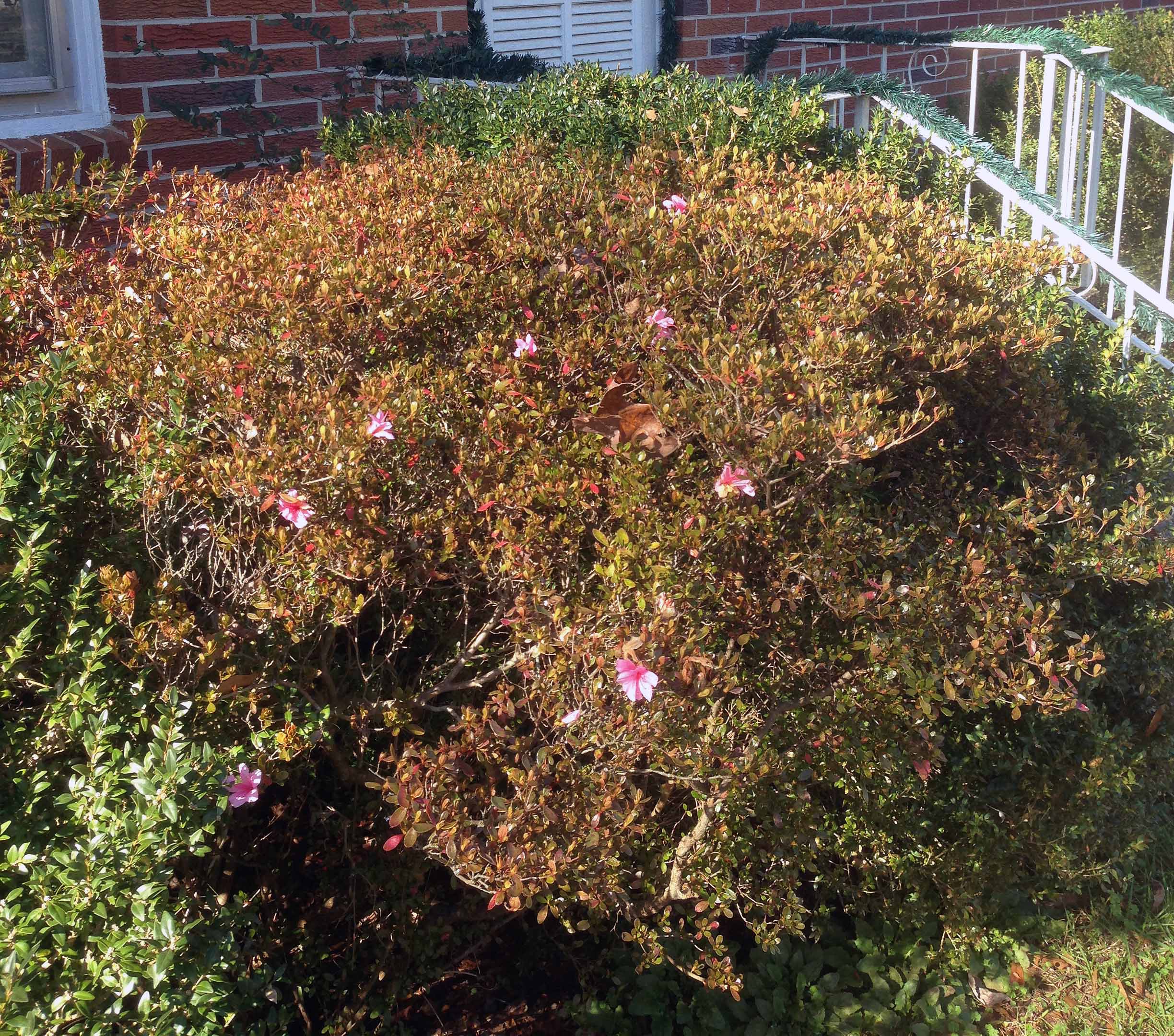
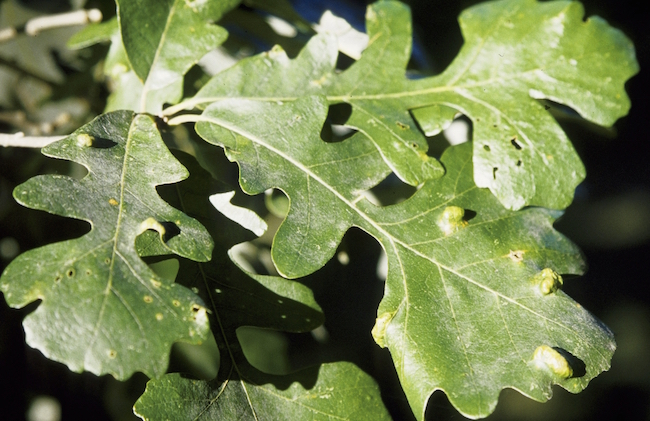
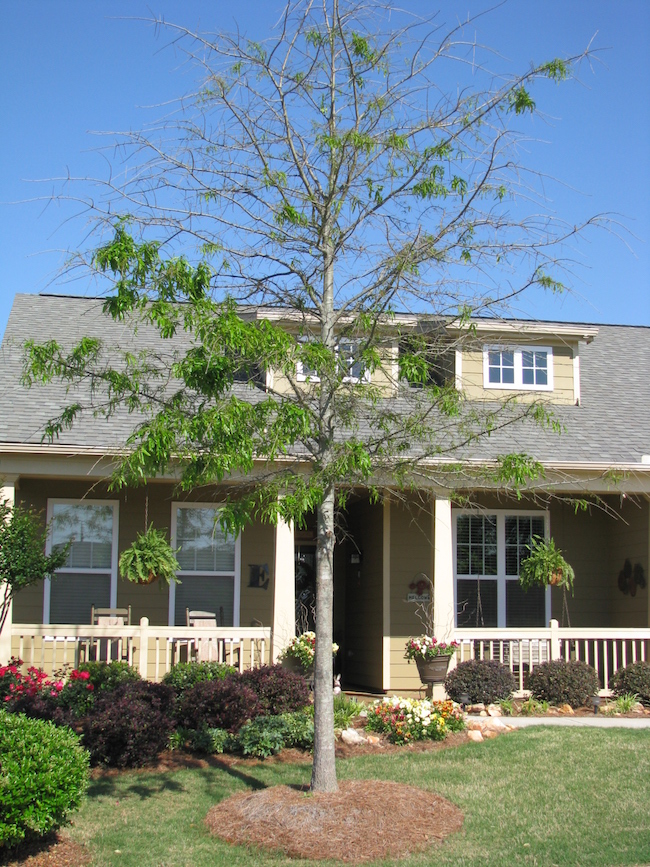
.jpg)
